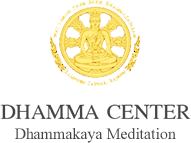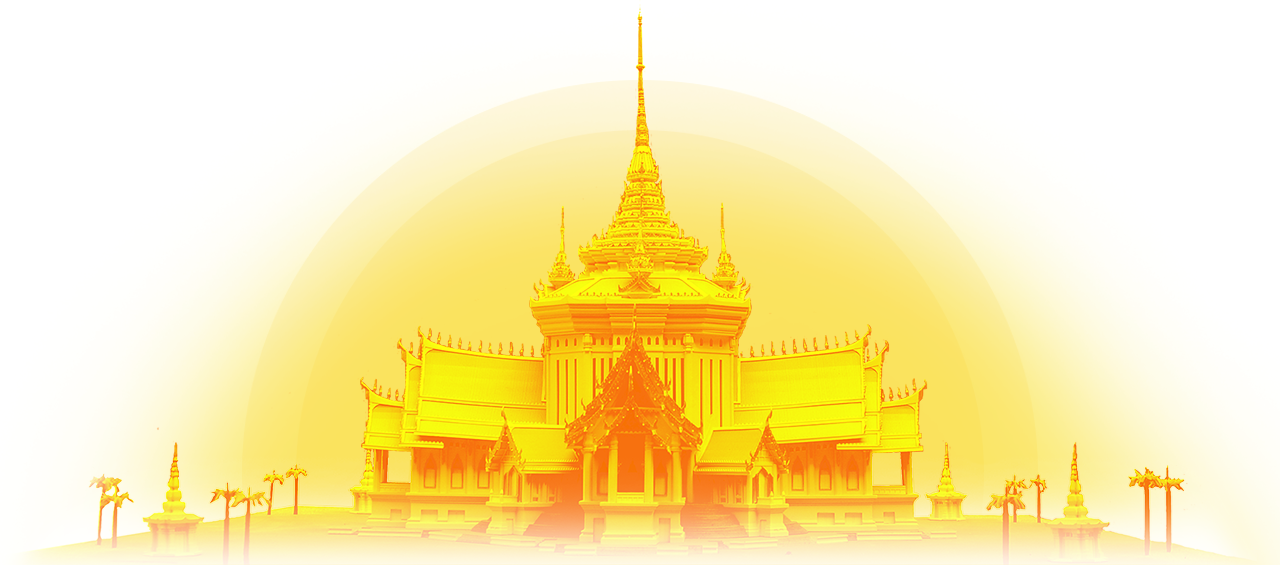- Home
- Dhammakaya meditation
- The Practice
- Introduction to Meditation
- Basic Meditation 1 - for beginners (seven-mind base)
- Basic Meditation 2 - for beginners (seven-mind base) 2
- Basic Meditation 3 - for beginners (seven-mind base) 3
- Basic Meditation 4 - for those who can locate the center of the body
- Basic Meditation 5 - for those who can mentally see the sphere
Basic Dhammakaya Meditation Practice
Dhammakaya Meditation is based on four principles: three methods of concentration and the Principle of the Center. The three concentration techniques are:
Meditating on an object of visualization (Kasina),
Recollection of Lord Buddha’s virtues (Buddhanussati), and
Mindfulness of breathing (Anapanasati). And (4) the Principle of the Center which is position 7, as shown in the picture below, specifies that these three methods of concentration are all applied simultaneously at the center of the body.

And the Principle of the Center specifies that these three methods of concentration are all applied simultaneously at the center of the body as follows:
Position 1: The Nostril Aperture
Position 2: The Eye Socket
Position 3: The Center of the Head
Position 4: The Palate Terminus
Position 5: The Throat Aperture
Position 6: The Center of the Body (Navel Level)
Position 7: The Center of the Body and the Proper Position for Meditation (Two Inches above Navel Level).
A Regular Meditation Posture
Please sit in a regular meditation posture, cross-legged as seen in some images of the Buddha, with the right leg resting upon the left [see the picture on the right]. The right hand rests on the left, palms turned upwards, right index finger just touching the left thumb. The body is upright and the mind fully alert. Take a deep breath and relax the body until you feel comfortable. Close your eyelids lightly, do not press them.
Now, please listen to Basic Dhammakaya meditation audio record by Venerable Phra Thepyanmongkol mindfully….
Dhammakaya Vipassana Meditation
Dhammakaya Vipassana (Insight) practice aims at Right Wisdom through contemplation of the body, feelings, mental functions and phenomena (dhamma). There are two levels, mundane Right Understanding of compound phenomena (Sankhara) and supra-mundane Right Understanding of non-compound nature (Visankhara) which is Nirvana and Dhammakaya. Dhammakaya meditation is especially effective in helping meditators to experience non-compound nature directly. The real heart of Dhammakaya meditation is practice. Academic learning can indicate the way, but direct experience through meditation is the path to purification and wisdom.




